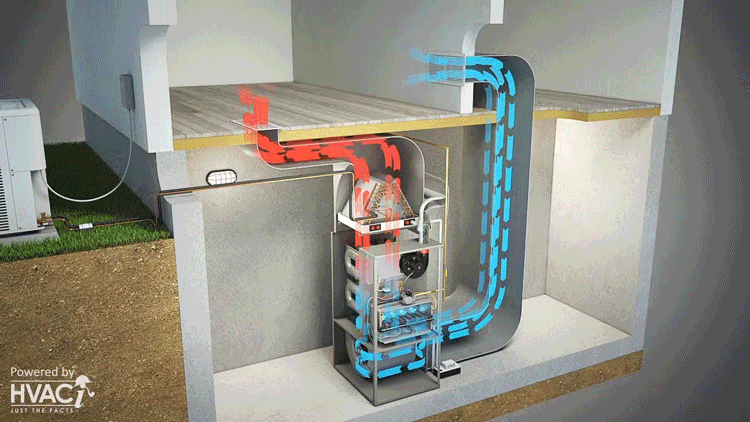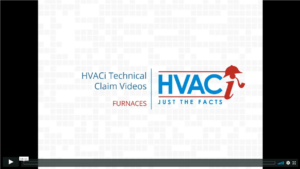Furnace Claims 101: The Basics of a Residential Furnace
A furnace is an essential part of many homes, and frequently used during the colder winter months. With this increased usage, adjusters can expect to see a parallel increase in furnace claims. Here’s a quick refresher on the basics of furnace systems, their typical components, and common failures to be familiar with.
What Is a Furnace?
The furnace, a type of forced-air system, acts as the primary heating source for a residential structure. Despite their complex appearance, furnaces are relatively simple to operate and understand. While they may have multiple fuel types, each furnace contains similar components designed to ensure that it runs smoothly and safely. Still, it’s crucial that all furnaces are regularly maintained and inspected to confirm that all parts are working properly.
How Does a Furnace Work?
To operate the furnace, the user sets the desired temperature at the thermostat, which sends a signal to the system to engage. The heat source warms the air (either directly or through the use of a heat exchanger), which then blows through the ductwork and out the supply registers into various rooms of the house. Once the set temperature of the thermostat is satisfied, the furnace automatically shuts off until the temperature falls below its setting again.
Understanding the Main Types of Furnaces
Today, the most common type of furnace in a home is the natural gas furnace, which utilizes gas via a pipe into the home from a municipal line. A natural gas furnace provides quick, powerful heat at an economical price point.
If a home does not have access to natural gas, an oil-burning furnace may be required. Homeowners with oil-burning furnaces must install a storage tank for the fuel and make sure the tank is always adequately filled for their heating needs. However, an oil furnace carries a much smaller risk of carbon monoxide exposure and is often one of the most durable heating systems.
Another fuel source used for home heating is propane. Similar to oil furnaces, propane requires a fuel storage tank. Propane furnaces provide a clean and safe heating option for areas that don’t have natural gas service.
Although less common, electric furnaces use electric heating elements instead of fuel. They tend to be a less efficient choice, but electric furnaces are often an inexpensive purchase, and they’re more compact and able to fit in smaller spaces.
Types of Damage Furnaces Can Experience
Heat Exchanger Failures
The most common furnace failure is a cracked heat exchanger, which often occurs due to the wear and tear of a system over time. The heat exchanger often rusts or corrodes, which turns into cracks and holes throughout the system. Additionally, thermal fatigue, the gradual deterioration and eventual cracking of the metal, is due to the constant heating and cooling process; this eventually leads to the failure of the heat exchanger. These are not sudden or accidental events — they develop over time.
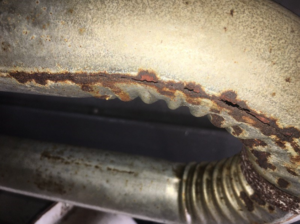
Puffback
Puffbacks are events in which a buildup of unburned fuel ignites and pushes back out of the burner section instead of burning cleanly into the burner area. In a forced-air system, the soot and oily smoke may leak into the supply air, travel through the ductwork, and be dispersed throughout the home.
The most common cause of a puffback is too much fuel in the combustion chamber at the point of ignition. In oil furnaces, this commonly occurs when water is mixed with the fuel. This creates a sludge-like substance that keeps the oil from burning properly, building up fuel within the combustion chamber. This can also occur if ignition is inconsistent or delayed, as it causes a buildup of fuel in the combustion chamber.
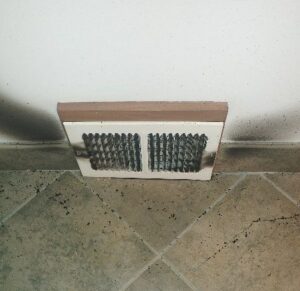
If the puffback spreads throughout the home, all items and surfaces affected must be thoroughly cleaned, in addition to the entire furnace and ductwork systems. Steel ductwork can often be cleaned, but flexible ductwork will likely need to be replaced. With regular maintenance, the risk of a puffback can be significantly decreased.
High Voltage Surge
High voltage surges can occur any time of year and may cause damage to the myriad of electrical components in the furnace system. The common parts most likely to be affected are transformers, furnace control boards, thermostats, draft inducers, gas valves, and blower motors. Any electrical issues require a certified HVAC technician to properly diagnose the system to determine what caused the loss and what steps can be taken to return the insured to pre-loss condition.
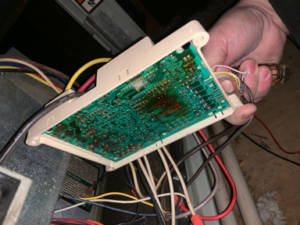
Smoke and Fire
Residential fires often lead to catastrophic damage, including smoke and residual water damage (see below). Depending on whether the smoke-related damage is from dry smoke, smoke from a protein in a kitchen fire, or oily smoke due to puffback, the type of destruction and the repair options differ. As mentioned, if the smoke enters the furnace system and ducts, everything must be cleaned properly.
Water
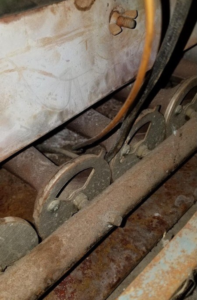
In a better-case scenario, the furnace can be dried and cleaned, and only the affected electrical components need to be replaced. In order to make that determination, however, a qualified HVAC technician should be consulted for a final diagnostic report. (Pictured: Corrosion on the furnace’s burners following water damage)
HVACi Takes the Guesswork Out of Furnace Claims
Furnaces are the core component of a home’s central heating system, and therefore need to be carefully maintained and inspected on a regular basis. In the case of a loss, a trained technician is often required to evaluate the furnace and ductwork before a claim can be settled.
HVACi’s qualified technicians possess the right training and tools to investigate and identify a furnace system’s current or potential future failures. Based on our technician’s findings and forensics-backed best practices, we provide a report that outlines recommended next steps and a cost estimate. Submit your furnace claim today to settle quickly and accurately.


